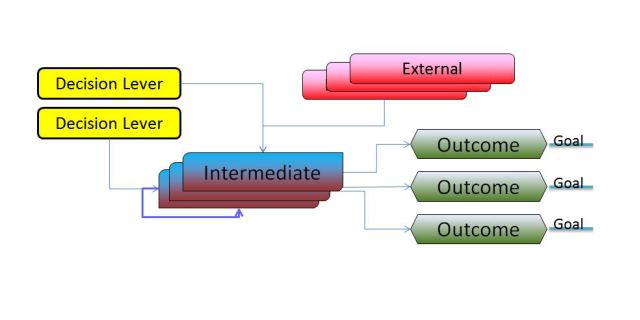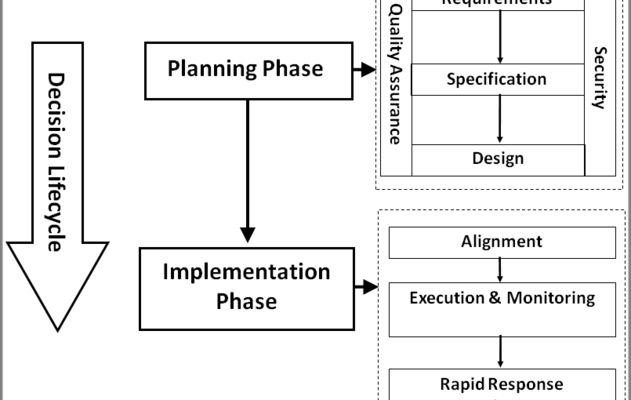Every conscious moment of life is a Decision to be made. Starting from the amount of toothpaste to be used in the morning to the book to be read before bedtime, our lives are a string of Decisions. But, what is a Decision? A Decision is a thought process that leads to actions, which lead in turn to outcomes. Having said that, Businesses make Decisions at a high level of complexity. Thus, you need a systematic framework to make effective decisions. That framework is the emerging area of Decision Intelligence.
According to Cassie Kozyrkov,
Decision intelligence is the discipline of turning information into better actions at any scale.
In other words, the core question of Decision Intelligence is:
If I make this decision, which leads to this action, in these circumstances, today, what will be the outcome tommorow.
From the look of it, this seems to be a Predictive Modeling Problem. However, it isn’t as simple as adding a Machine Learning algorithm. This statement could be broken down by using something called a Causal Decision Diagram.
Causal Decision Diagram
The basic building block of a Decision Intelligence workflow is called as a Causal Decision Diagram(CDD). According to Lorien Pratt’s book Link
A causal decision diagram (CDD) provides individual understanding, team alignment, and technology insertion points for decisions in complex environments.
Here is a template for building Causal Decision Diagrams:

First, we have External(s). They are the constant factors at a given time, not controlled by the Decision makers.
Then, there is the Goal. It is the desired objective.
Outcomes are the results of the decision-making process
To the far left, there are Decision Levers or options available to the Decision maker.
In between the Outcomes and Decision Levers, we have Intermediate(s). It is an intermediate process by the decision-makers to understand the interaction between Outcomes and Levers. Note that one Intermediate could have a causal connection to another, thus explaining
And last but not least. The arrows between all these blocks represent the Cause and Effect Relation between them, called Links. Note that Cause and Effect don’t necessarily mean Causality. It could be Logical Inference, Machine Learning, Simple Calculations or much more.
Example: Intrusion Detection System
Let’s understand these terms in a CDD with an example of an Intrusion detection system. Imagine that your company wants to make decisions about actions to be taken after an Intrusion is detected.
The goal is to minimize risk(costs incurred and business loss) and loss of reputation caused by Intrusions in the system.
The Decision Levers are actions like Investigation with the L1 team, Lodging a police complaint etc.
The Externals are System Information, Cost of L1 investigation, Cost of Police action etc.
The Intermediates are the knowledge gained by using the levers, and externals. For instance, it could be an Intrusion Score, calculated from System Information. This helps decision-makers assess the risk of Outcomes like Business Loss/Reputation.
Lastly, the Links are the Cause and Effect Links like a Machine Learning Algorithm. In this case, it would be an Anomaly Detection Algorithm to assess the presence of a risk. Or a classification algorithm to categorize the Risk Type.
Here is the CDD, borrowed from Dr Lorien Pratt’s book called Link.

Note the triangles on the links connecting System Information to Intrusion Score and Intrusion type represent Machine Learning.
Conclusion
This is a very high-level introduction to Decision Intelligence. We started with defining Decisions and Decision Intelligence and continued with a framework called Causal Decision Diagrams. Moreover, we also saw an example of CDDs and how technologies like ML fit into them. We will keep diving into it as we learn more. Having said that, this is for information purposes. We do not claim any guarantees regarding its accuracy or completeness.
Note: The Causal Decision Diagram template is from Dr Lorien Pratt’s blog.


